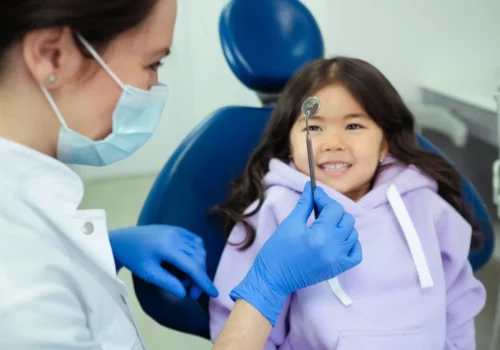
The landscape of dental education is evolving rapidly, driven by continuous learning and technological advancements. As the dental industry embraces innovation, educational institutions and professionals must adapt to new methodologies and tools to stay ahead. This blog explores the future of dental education, highlighting the importance of continuous learning and the impact of emerging technologies.
The Shift Towards Continuous Learning
1. Lifelong Learning in Dentistry: Dentistry, like many other medical fields, requires practitioners to stay updated with the latest knowledge and techniques. Continuous learning ensures that dentists can provide the best care by staying informed about new procedures, materials, and technologies. This approach includes attending workshops, conferences, online courses, and engaging in self-directed learning.
2. Continuing Education (CE) Requirements: Many regions mandate continuing education (CE) credits for dental professionals to maintain their licenses. These requirements encourage dentists to continually update their skills and knowledge, promoting a culture of lifelong learning within the profession.
Technological Advancements in Dental Education
1. Virtual Reality (VR) and Augmented Reality (AR): VR and AR technologies are transforming dental education by providing immersive, interactive learning experiences. These tools allow students to practice procedures in a simulated environment, enhancing their skills without the risk of patient harm. For instance, VR can simulate complex surgeries, while AR can overlay anatomical information on real-world objects during training sessions.
2. Online Learning Platforms: The rise of online learning platforms has made dental education more accessible. These platforms offer a range of courses, webinars, and interactive modules that dental students and professionals can access anytime, anywhere. This flexibility supports continuous learning and allows learners to pace their education according to their needs.
3. Artificial Intelligence (AI) in Dental Education: AI is playing a significant role in personalized learning. Intelligent tutoring systems can assess a student’s performance and provide customized feedback, helping them improve in specific areas. Additionally, AI can assist in grading and evaluating practical exams, ensuring objective and consistent assessments.
4. 3D Printing and Dental Education: 3D printing technology is revolutionizing dental education by enabling the creation of accurate dental models for practice. Students can use these models to gain hands-on experience with various dental procedures, from cavity fillings to implant placements. This technology bridges the gap between theoretical knowledge and practical application.
5. Digital Simulations and Virtual Patients: Digital simulations and virtual patients are becoming integral parts of dental curricula. These tools allow students to diagnose and treat virtual patients, offering a risk-free environment to hone their skills. Such simulations can present a wide range of scenarios, preparing students for real-world challenges.
The Role of Educational Institutions
1. Integrating Technology into Curricula: Educational institutions must integrate these technological advancements into their curricula to provide students with relevant, up-to-date training. This includes investing in VR/AR equipment, AI-based learning tools, and 3D printers, as well as developing partnerships with technology providers.
2. Faculty Training and Development: To effectively teach with new technologies, faculty members need ongoing training and development. Institutions should offer professional development programs to help educators stay current with technological advancements and incorporate them into their teaching methods.
3. Collaborative Learning Environments: Creating collaborative learning environments that encourage peer-to-peer interaction and teamwork is essential. Technologies like online discussion forums, virtual study groups, and collaborative software tools can facilitate these interactions, enhancing the overall learning experience.
In conclusion , the future of dental education lies in continuous learning and the integration of technological advancements. By embracing these changes, dental professionals can ensure they remain at the forefront of their field, providing the highest quality care to their patients. Educational institutions play a crucial role in this evolution, preparing the next generation of dentists to navigate and thrive in a technology-driven landscape.














